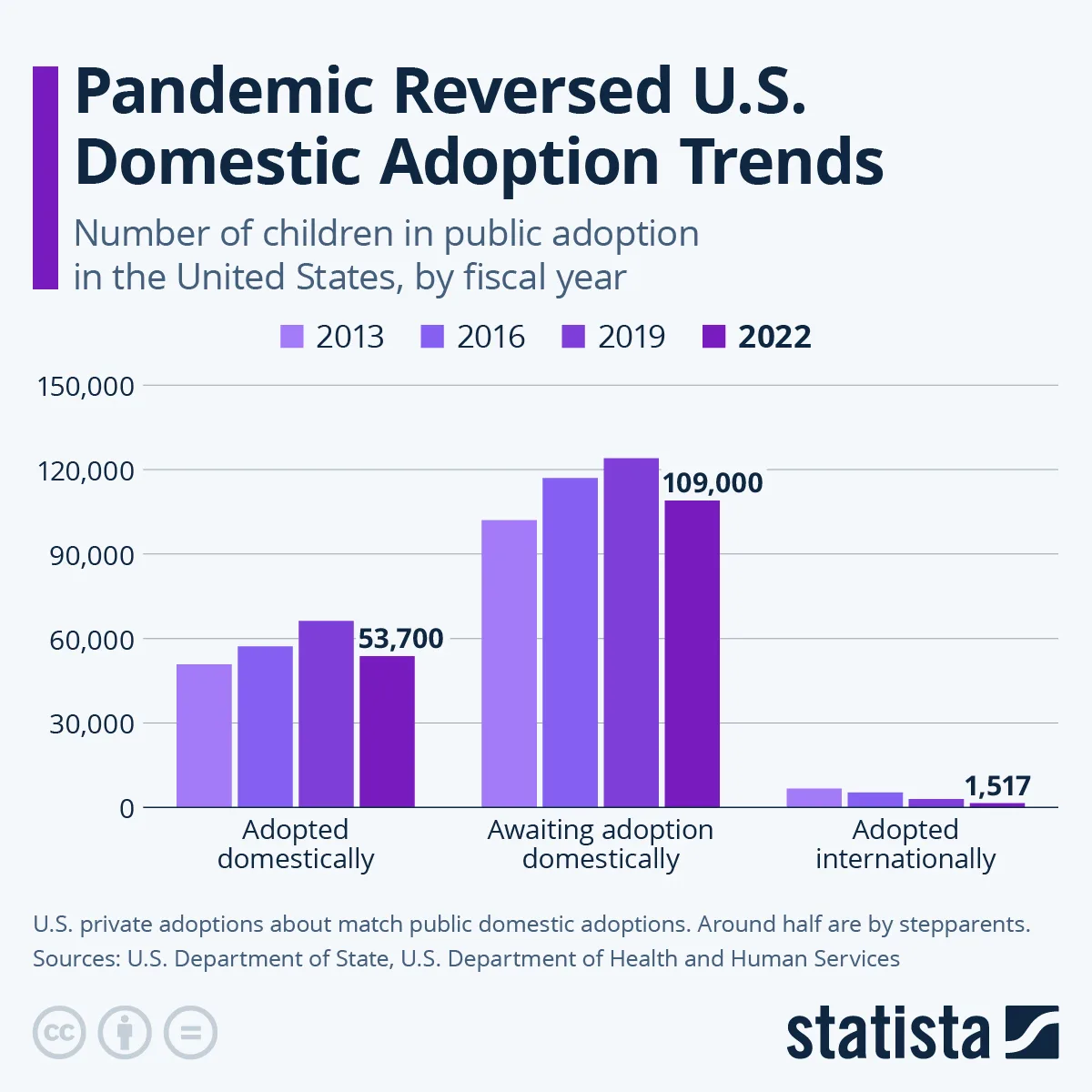The Cuyahoga River, winding through downtown Cleveland, Ohio, was notorious for bursting into flames roughly every ten years. These fiery incidents began in the 1860s, largely due to the river becoming clogged with industrial pollutants, and continued until the 1960s—a decade when environmental conservation surged to the forefront of public consciousness in America.
Today, Americans often take their clean water, fresh air, and thriving parks for granted. When these essentials are compromised—like during the crisis where Flint, Michigan, residents were barred from drinking their tap water—public outcry is swift and justified. Yet, now more than ever, the assurance of a safe and healthy environment in the U.S. is at risk, reminiscent of the pre-1969 era when the Cuyahoga River last ignited.
Donald Trump’s policy outlined by his campaign advisors aims to dismantle foundational environmental laws that were established during the presidency of John F. Kennedy, Lyndon B. Johnson, and Richard Nixon in the 1960s and 1970s.
The ambitious Project 2025 platform proposes an extensive rollback of the nation’s environmental protections, asserting that the Environmental Protection Agency’s “framework and objectives should be significantly limited.”
Read more:
Project 2025: what is it and why does Trump say he knows nothing about it?
Benjamin Doyle / Shutterstock
Environmental conservation should ideally transcend politics, yet it has become deeply intertwined with partisan divisions due to climate change debates. Much of this division is fueled by powerful lobbying efforts from entrenched interests, particularly fossil fuel companies that feel threatened by the transition to cleaner energy.
This struggle is not new to American politics. Throughout the 20th century, timber and mining industries devastated vast stretches of forests, contaminated rivers, and endangered cherished ecosystems. In the late 1960s, plans were even in the works to construct two massive hydroelectric dams that would have submerged the Grand Canyon’s Colorado River.
By the end of that decade, these assaults on public natural resources diminished, thanks to regulations that weighed the private gains of development against the public costs. While industries often faced set-backs, the protection of public lands, health, and natural heritage prevailed.
Most Americans would now agree on the importance of halting the exploitation of old-growth forests, refraining from damming wild rivers, and addressing air pollution in cities. However, they now confront an unprecedented movement aiming to reverse these hard-won advancements, alongside efforts to undermine President Joe Biden’s key climate and green manufacturing accomplishments.
Trump has committed to firing experts within the government and replacing them with loyal followers, endorsing a “drill, baby, drill” mentality. Unlike past decades, the stakes of deregulation are heightened by the formidable challenges posed by climate change and an alarming trend of misinformation surrounding ecology and earth science.
Threatening the Future
Actions such as dismantling regulatory capacities, undermining public support for emergency preparedness (for instance, by privatizing FEMA), and exiting the Paris climate agreement expose a worrisome disregard for historic environmental tragedies, framing them as relics of the past.
Yet, in 2023 alone, the U.S. faced a staggering record of 28 climate-related disasters, surpassing the previous year’s total of 22. Each incident resulted in damages exceeding $1 billion, culminating in overall costs upwards of $90 billion.
This data is sourced from the National Oceanic and Atmospheric Administration, which Project 2025 proposes should be “dismantled, with many functions either privatized or transferred to states and localities.”

Cristobal Herrera-Ulashkevich / EPA
While America’s environmental regulations have their flaws—often hampered by inadequate funding that leads to significant delays for developers—bipartisan strategies to address these challenges are actively being debated in Congress.
The fate of America’s agricultural lands, infrastructure, residential areas, coastal communities, and forests hinges on upcoming elections. As we approach a pivotal decade for climate action, Americans must reflect on history to avoid taking a healthy environment for granted and ensure a secure climate for both current and future generations.
During the signing of the historic 1964 Wilderness Act, which safeguarded extensive areas of U.S. public land, President Lyndon B. Johnson referred to environmental regulations as “the highest tradition of our heritage as conservators and users of America’s abundant natural resources.” The preservation of this heritage and our shared global future relies on voters actively defending this ethos of stewardship.

Don’t have enough time to keep up with climate change news? Subscribe to our weekly newsletter. Every Wednesday, The Conversation’s environment editor delivers “Imagine,” a brief email exploring a single climate topic in depth. Join over 35,000 readers who have subscribed already.











